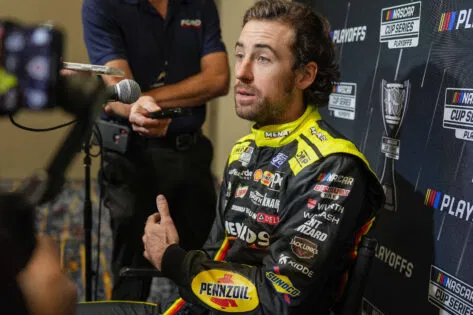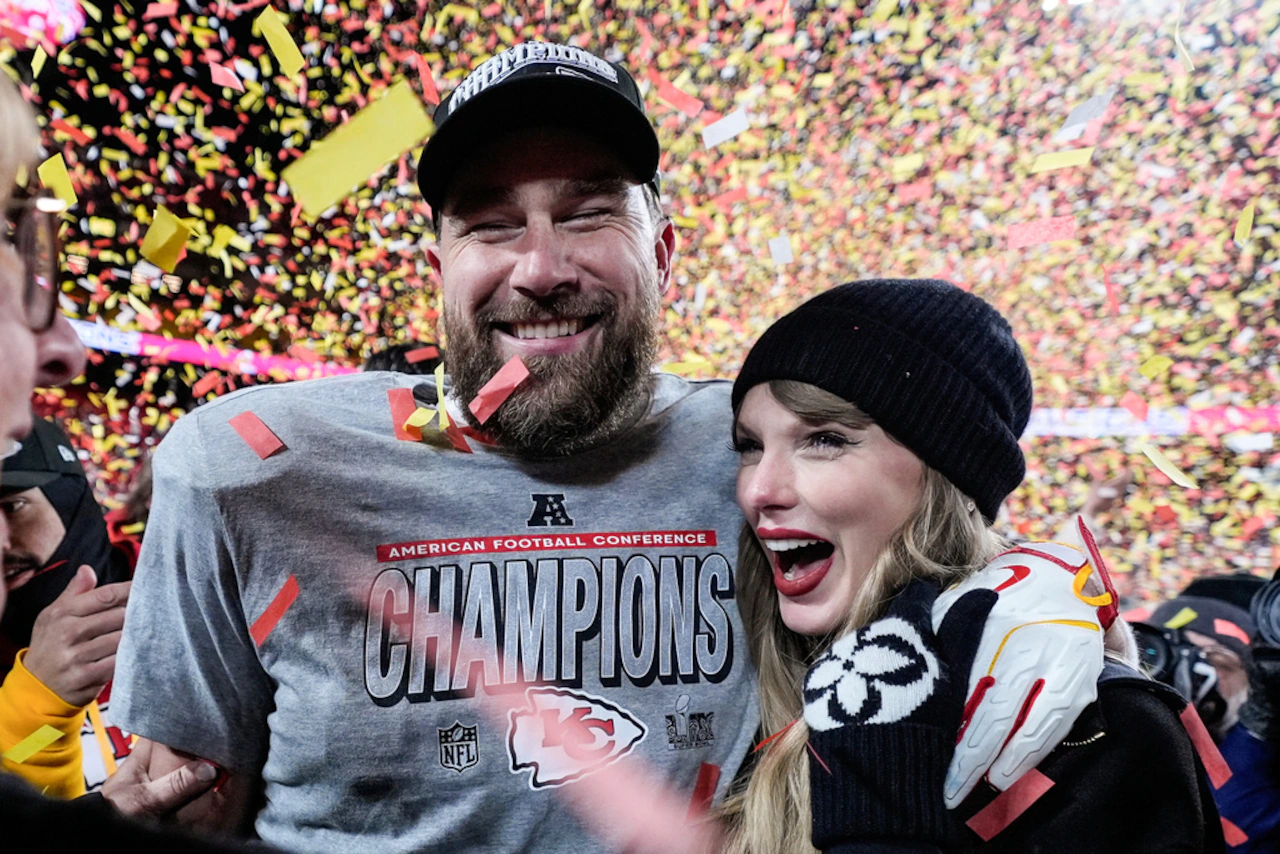Copyright Essentially Sports

If you’re a NASCAR fan, you know the sport isn’t just about roaring engines and daring passes anymore. It’s become a battle of technology. From advanced telemetry systems tracking every millisecond of throttle and brake input to AI-driven simulations and real-time data overlays, today’s drivers are as much data analysts as racers. Teams dissect gigabytes of information after every lap, searching for the tiniest edge. But with technology evolving so quickly, not everyone in the garage agrees on where to draw the line, especially with telemetry data. And that’s exactly what’s sparked Ryan Blaney’s frustration. In a sport built on competition, one rule about shared data has left the Team Penske driver questioning whether NASCAR’s embrace of technology has gone a little too far. ADVERTISEMENT Article continues below this ad Ryan Blaney’s take on balancing competition and fairness Recently, Ryan Blaney shared his thoughts on NASCAR’s telemetry data sharing, voicing his strong support for restricting telemetry data access strictly within teams. “As far as the data stuff, I’m on the boat of only in your team you can see your teammate’s data. I’m a big believer in that,” Blaney said. Basic telemetry data, such as speed and rpm, can provide insights into how a driver operates their vehicle, and access by other competitive drivers is usually not dangerous. However, exchanging more sensitive data, like as braking pressure, steering inputs, engine diagnostics, and suspension measurements, amongst competing teams can assist others in fine-tuning their setups. Blaney contends that limiting data access prevents “handcuffing” teams unduly. ADVERTISEMENT Article continues below this ad With data restrictions, organizations will have to rely more on driver feedback, instinct, and real-time performance rather than merely replicating what works for others. Something that is required for fair racing in NASCAR (or any other motorsport, for that matter). Thus, Blaney believes that if such data is exchanged, it should remain within the organization. However, Ryan Blaney acknowledges that such restrictions could disadvantage smaller or single-car teams that lack a wealth of internal comparisons. “Now that kind of hurts single car teams, right? I look at where Stenhouse is at Hyak, there’s only one car. You don’t have anything, right?” Blaney said. Read Top Stories First From EssentiallySports Click here and check box next to EssentiallySports Without teammates, these teams lack direct data comparisons necessary for strategic adjustments, putting them at a competitive disadvantage. To address this, Blaney suggests a middle ground where manufacturers share data within their camp. For instance, Ford shares data with other Ford teams, providing some level of comparison without full data openness. Blaney argues that this could improve competitive balance and fairness. ADVERTISEMENT Article continues below this ad Ultimately, Blaney emphasizes the importance of “reeling in” telemetry sharing to preserve the sport’s competitive essence, ensuring teams rely more on driver skill, engineering creativity, and strategic decisions rather than extensive data analysis. Blaney comes second in Phoenix final practice Ryan Blaney performed admirably, placing second in the last practice session for the 2025 NASCAR Cup Series Championship at Phoenix Raceway. Blaney had a lap time of 27.396 seconds, trailing only Ty Gibbs, who set the mark at 27.300. The top five in practice also included Austin Cindric in third, Ryan Preece in fourth, and championship favorite candidate Denny Hamlin in fifth, all of whom demonstrated strong speed entering the weekend. William Byron was the second-best Championship 4 contender, finishing ninth overall. He was followed by Kyle Larson in eleventh and Chase Briscoe in sixteenth. Briscoe, the slowest among the four, was highly disappointed with the results after getting in just 24 laps due to tire and vibration issues. “This wasn’t a great practice for us, just because we didn’t really get to run a lot because of the issues. We’ll get to work on it and see what we can do…I’m confident that we’ll be just fine. Just got to figure out what’s going on,” he said. The practice timings reflect the fierce competition amongst these drivers as they prepare for the high-stakes race in Phoenix. Qualifying for the championship race will add another layer of strategy as drivers compete for the best starting positions on the 1-mile flat oval. The race itself promises to be a tactical fight, with drivers mixing aggression and conservatism throughout 312 laps.



